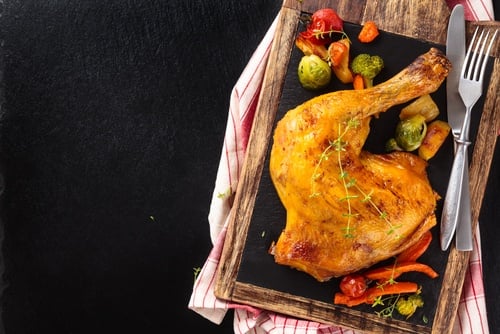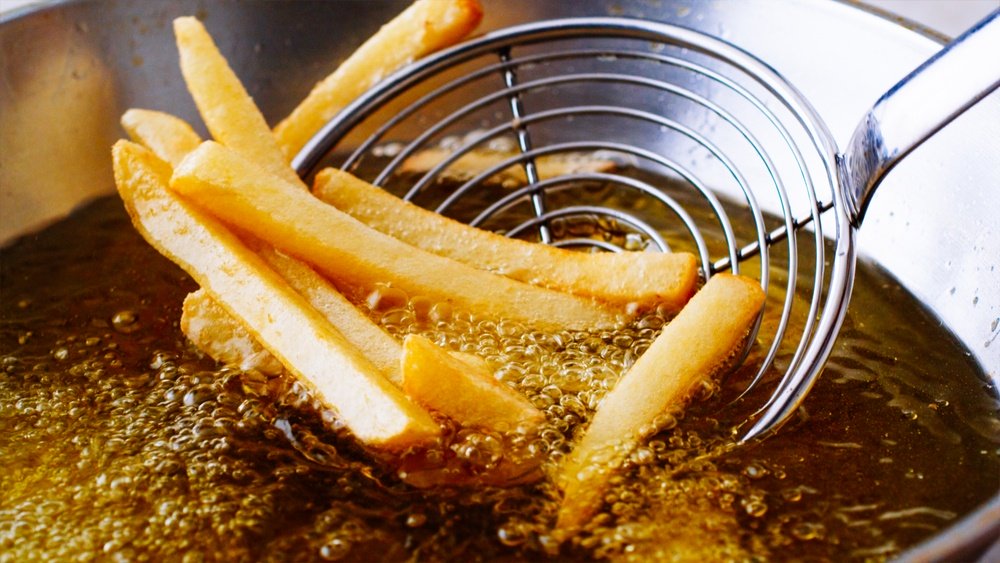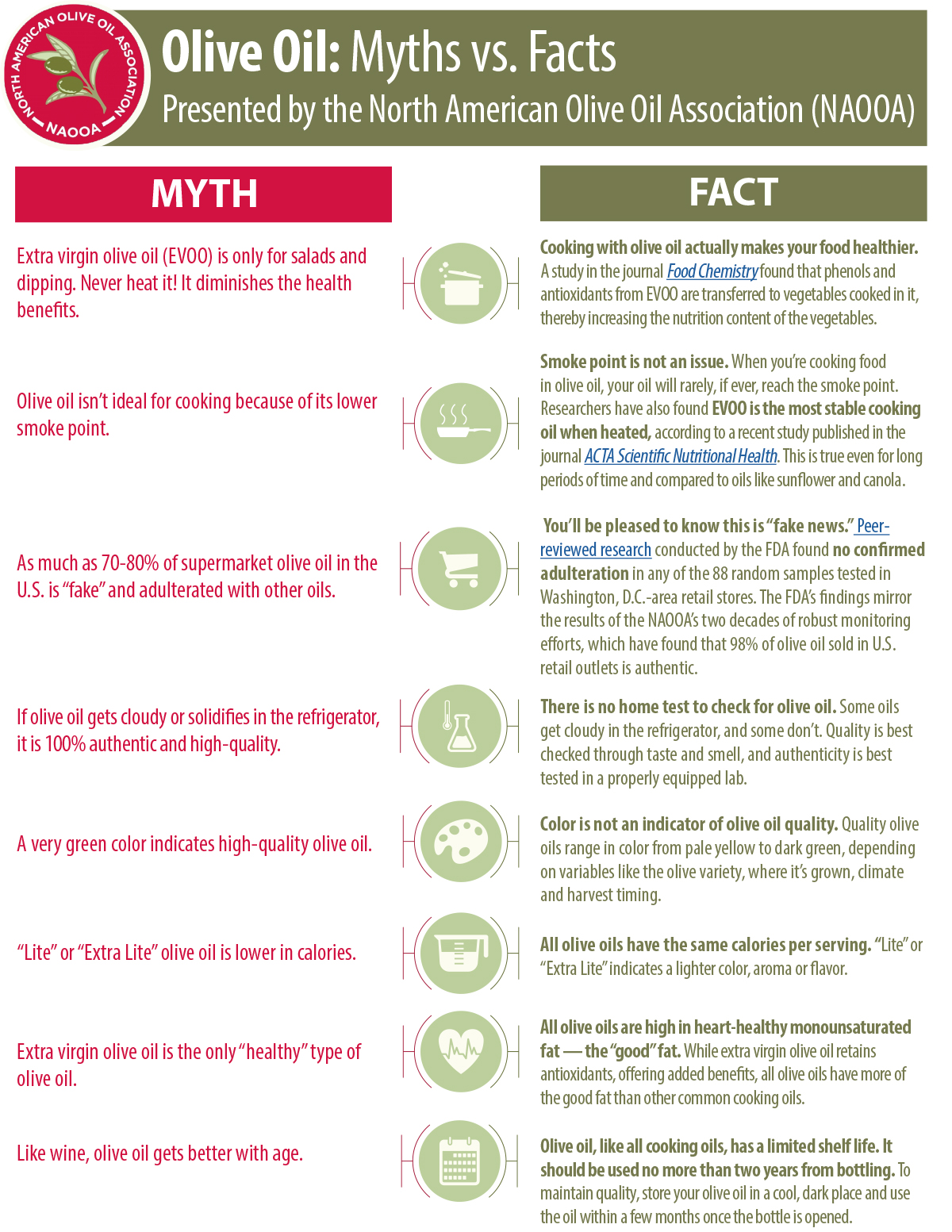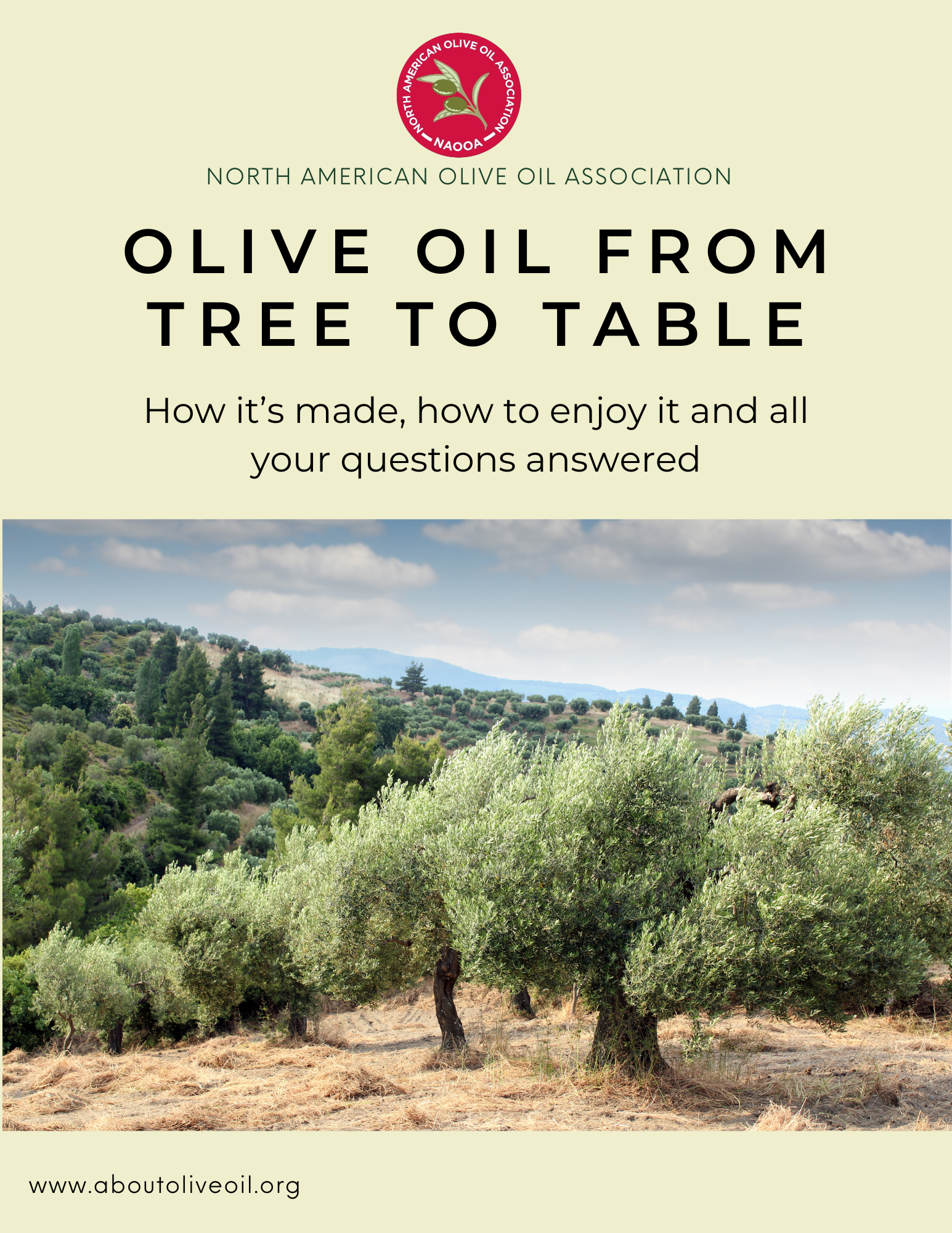This unconventional cooking technique turns out amazingly rich flavored, melt-in-your mouth chicken.
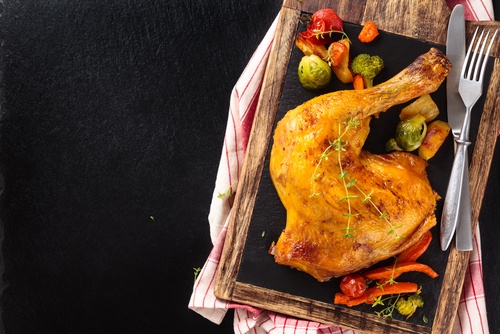
Confit (pronounced "kon-FEE") is a technique that means to slowly cook food in fat. Unlike deep frying, confit involves cooking the meat low and slow in oil. The long cooking time will break down the connective tissue in the meat leading to exceptionally moist and tender results. The oil prevents the meat from drying out. The most famous confit food is duck legs, but confit can also be used for more humble, and accessible, chicken legs.
This weekend's New York Times Magazine had a great recipe for Confit Chicken Legs. The recipe may seem intimidating for inexperienced cooks but once you understand the technique it is actually quite easy. The recipe takes more than 2 hours, but it's a good way to pass a snowy cold winter day.
The recipe calls for skin-on chicken legs with the leg and thigh portions unseparated. You can also make this recipe with bone in chicken breasts, but the leg meat works better. Season the meat with salt and pepper. Then place it in a pan that works both on the stove top and in the oven such as a dutch oven. In order to save on the amount of oil used, you will want to choose a pan that fits the chicken without being too big. Try to arrange the meat to be as flat as possible. Add three (3) sprigs of fresh thyme or other desired herbs and 4-6 cloves of slightly smashed garlic (you do not need to peel them).
Preheat your oven to 250°F (125ºC). We will start the chicken on the stovetop and then transfer it to the oven.
Pour enough extra virgin olive oil over the chicken to cover the meat. The oil is the cooking medium so make sure the meat is well covered. You will likely need at least 1 liter of olive oil. Turn the heat on your stovetop to medium and cook until the oil starts to bubble. It should not be popping and hissing like frying oil. The idea is to heat the oil just barely to a simmer. Small bubbles are what you are aiming for.
Once the oil is hot, transfer the pan to to oven, uncovered. Cook for around 2 hours. The oil should be just bubbling the whole time. If necessary, you can increase or lower the heat to keep the oil from getting too hot or too cold. The meat is done when it is easily pierced with a knife.
Remove the pan from the oven, let cool and then remove the chicken to a plate. Strain the oil and save it for another use (like making potatoes).
When you are ready to serve the chicken, put some of the reserved oil in a frying pan and when the pan is very hot, add the chicken and sear for 7-8 minutes per side. Resist the urge to flip the chicken too soon. You are going for a nice, crisp skin.
This recipe takes a long time, but is largely unattended. You can confit the chicken on a weekend and finish with a sear during the week.
Some frequently asked questions about confit in olive oil
- That is a lot of olive oil. Will the chicken be greasy?
Not at all. The oil is actually being used to keep the liquid inside of the meat. Since oil and water do not mix, the oil does not get absorbed into the meat. It just forms a thin layer on the outside. - What is the difference between confit and deep frying?
Deep frying is cooking food in oil to encouraging browning. The temperature is high enough that water evaporates. Confit uses low temperature to keep food moist. The food does not brown in the oil which is why you sear it at the end. - Isn't olive oil too expensive to use this way?
If you want to save money, you can use olive oil or a lower cost extra virgin olive oil. And remember, the oil can also be reused. - What else can I confit?
Any meat that has a lot of connective tissue is delicious in a confit. The long cooking time will break down the tough cut of meat and the oil will keep it from getting dry.
Fish can be made with a similar technique by poaching the fish in olive oil.
Garlic cloves or onions are also delicious when made with this technique. The remaining infused olive oil can be used to add flavor to your dishes for weeks.
Here is a link to the full recipe on the NY Times website. The author, Sam Sifton, also gives instructions for potatoes and a parsley salad. Yum!

